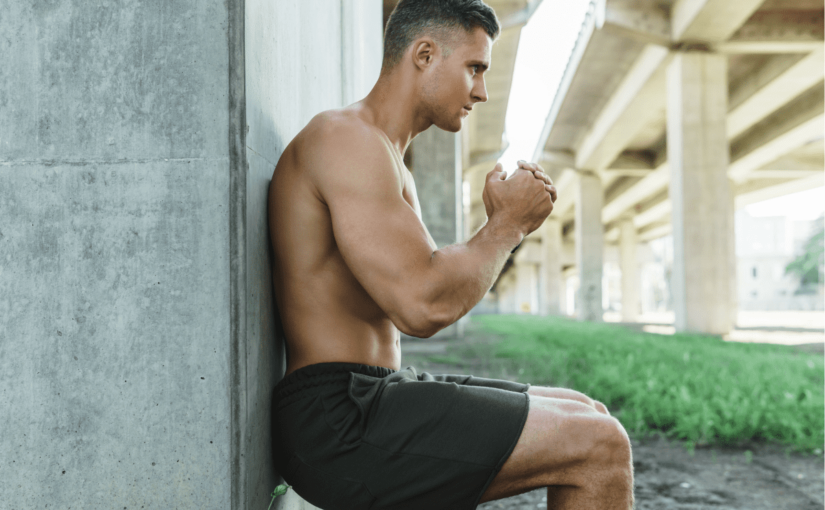Feb 19, 2024Youth-specific strength training methods
Strength training can provide a plethora of positive benefits to our youth as long as they are interested in strength training and the program that is directed for the adolescent is properly supervised preferably through the direction of a qualified strength and conditioning specialist or certified trainer to instill proper technique.
The benefits that it can bring are the creation of muscular strength and power, added muscular size and endurance and also it will increase anaerobic and aerobic capacity for a better cardiovascular assessment, and lastly mobility and stability. With these positive benefits, the youth athlete will improve their fine motor skills which in turn leads to improved sport performance.
 When a youth becomes active in a strength training routine, their new-found muscle is more a reflection of a neuromuscular adaptation of their cognitive ability or their central nervous system as opposed to hypertrophy or muscle size. The youth starts to have an improved mind-body connection and a more efficient ability to connect and recruit motor neurons, their firing rate, and how they are recruited. When a youth recruits those motor neurons or units more quickly, it improves the coordination, rate of force development, and the ability to absorb more force all of which transcends to improved power output which benefits their sport/s. Additionally, the youth will be less susceptible to sports-related injuries. Other than the physical component, there are mental improvements that will improve their mindset, confidence, sense of pride, self-efficacy, and resiliency. This, in turn, will help them develop the much-needed mental toughness that is needed as their sports and adult life begin.
When a youth becomes active in a strength training routine, their new-found muscle is more a reflection of a neuromuscular adaptation of their cognitive ability or their central nervous system as opposed to hypertrophy or muscle size. The youth starts to have an improved mind-body connection and a more efficient ability to connect and recruit motor neurons, their firing rate, and how they are recruited. When a youth recruits those motor neurons or units more quickly, it improves the coordination, rate of force development, and the ability to absorb more force all of which transcends to improved power output which benefits their sport/s. Additionally, the youth will be less susceptible to sports-related injuries. Other than the physical component, there are mental improvements that will improve their mindset, confidence, sense of pride, self-efficacy, and resiliency. This, in turn, will help them develop the much-needed mental toughness that is needed as their sports and adult life begin.
Youth-Specific Program Design for Strength Training Methods
So how do we go about creating a youth-specific program design for strength training? As with all physical fitness programs, and especially with resistance training, we should begin our youth with the first 10 minutes spent on dynamic stretching. Whether a youth or adult, tactical or sports athlete, they all have one thing in common they need to efficiently move their bodies in all three anatomical planes of human movement and this is best accomplished through dynamic stretches. Dynamic stretches serve a two-fold purpose in which they raise the core temperature of the body that one is about to do and they help prevent the onset of musculoskeletal injury.
These anatomical planes include the sagittal, frontal, and transverse planes (Video 1). After the youth are properly warmed up with a dynamic stretching routine, strength training can be performed through the use of resistance training or bodyweight exercises. Training in this manner, the youth (with proper supervision), will develop a firm basis of strength, power, lean muscle mass, and neuromuscular adaptations. Some exercises included are the following:
- Resistance Training Exercise Techniques — Bench press, deadlift, squat, front squat, Farmers walk. Not only should youth learn how to properly execute the “big three” of bench, squat, and deadlift, but they are encouraged to also learn the front squat and farmer’s walk. The front squat loads the anterior chain of the body or our core musculature and places a heavy emphasis on loading the front of the quadriceps muscle. This is important because the loading of the anterior core has a direct translation to the sports that an individual may play in positive adaptations to running and jumping.
- Bodyweight Exercises — Pull/chin-ups, push-ups, planks, TRX IYT raises, dead bar hangs, wall sits, and unconventional methods such as sandbags. A great thing about bodyweight exercises is that they assist the youth in developing stability within their musculature and reinforce correct anatomical body position in technique and movement (Video 2). As far as sets and repetitions are concerned with an exercise such as the bench press, squat, or deadlift, with proper supervision, it is recommended to have the youth perform anywhere between 2-4 sets in which the repetitions are performed between 8-12.
